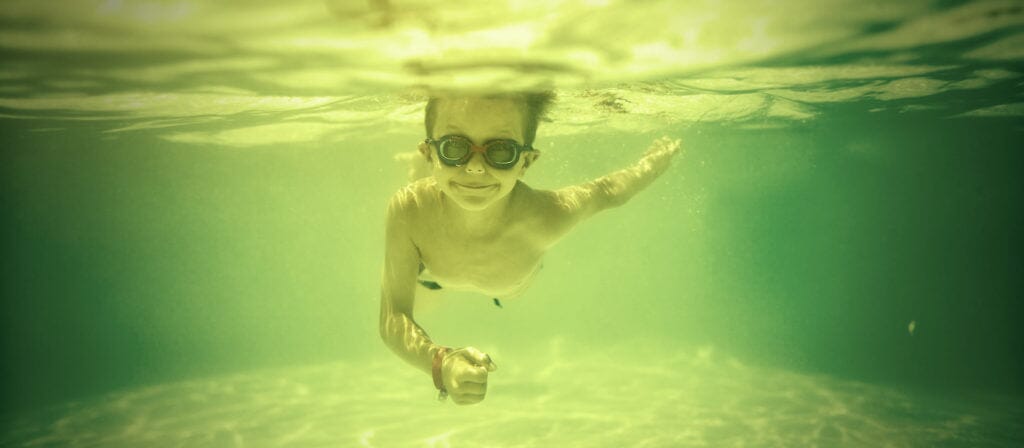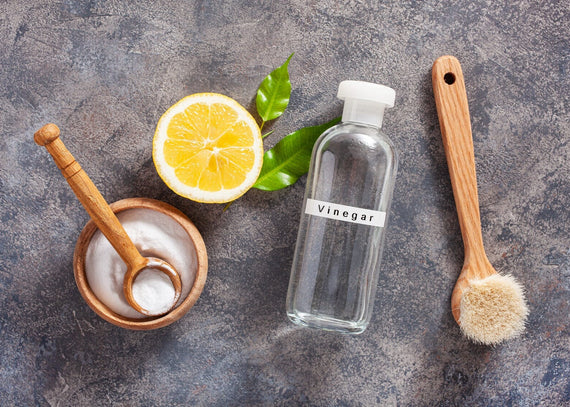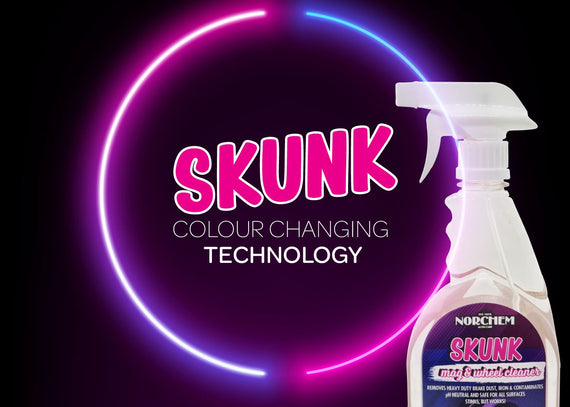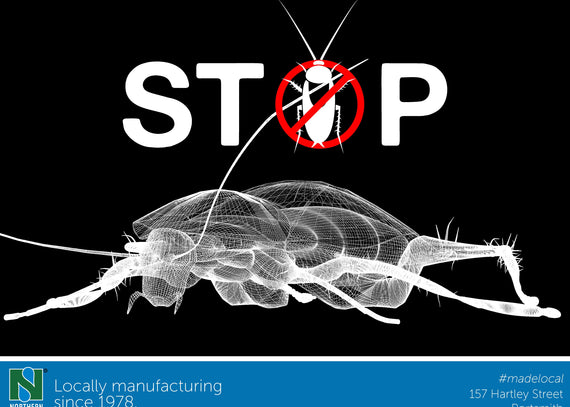Are you tired of looking out at your green, murky pool? Don't worry, with a little know-how and some helpful tips, you can turn your green pool clear and inviting once again. In this comprehensive guide, we'll take you through the steps you need to follow to get your pool back to crystal-clear perfection.
Step 1: Shock with Stabilised Chlorine The first step in turning your green pool clear is to shock it with stabilised chlorine. Stabilised chlorine is specifically formulated to provide long-lasting sanitation and keep your pool clean for longer periods. Follow the manufacturer's instructions and add a significant amount of shock to your pool. This will help eliminate the algae and bacteria that are causing the green hue.
Step 2: Clean Your Filter Cleaning your pool filter is the next step. If you have a cartridge filter, remove it and wash it thoroughly with a hose. If you have a sand or DE filter, backwash it according to the manufacturer's instructions. This will help remove any debris and dirt that has accumulated in your filter, allowing it to work more efficiently.
Step 3: Use a Phosphate Remover. Phosphates are a major food source for algae, so it's crucial to remove them from your pool. Using a lanthanum chloride phosphate remover is an effective way to achieve this. It helps prevent algae from returning and keeps your pool crystal clear.
Step 4: Get Your Pool Chemistry in Balance Once your pool is clear, you'll need to ensure that your pool chemistry is balanced. Testing the pH, total alkalinity, and calcium hardness levels is essential. If you don't have in-house water testing, Northern Chemicals offers free digital water testing. To test the pH, use a simple test kit and aim for a range of 7.2-7.8. If the pH is too high, add acid according to the manufacturer's instructions. If it's too low, add soda ash. Next, test the total alkalinity. The ideal range is between 80-120 ppm. If it's too low, add baking soda. If it's too high, add acid.
Finally, test the calcium hardness. The ideal range is between 200-400 ppm. If it's too low, add calcium chloride. If it's too high, you may need to partially drain and refill your pool with fresh water.
In conclusion, turning a green pool clear can seem overwhelming, but with the right approach, it's entirely achievable. Follow these steps using stabilised chlorine, filter cleaning, phosphate remover, and pool chemistry balancing, and your pool will be crystal clear in no time. And remember, if you need help with water testing or any other pool-related issues, you can always visit Northern Chemicals for expert advice and free digital water testing. 157 Hartley Street, Portsmith. #madelocal




